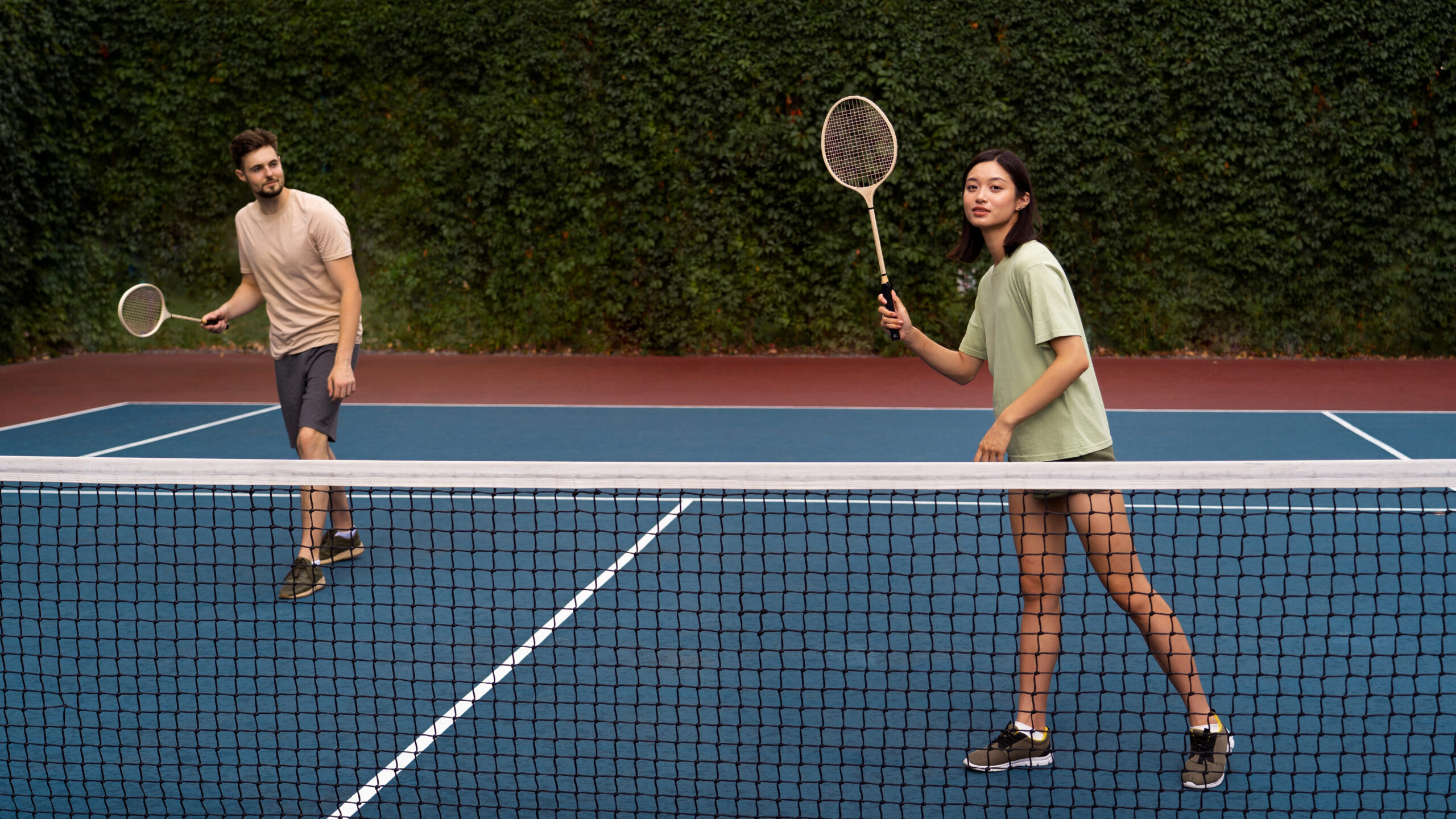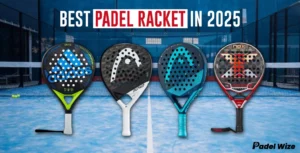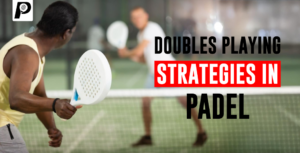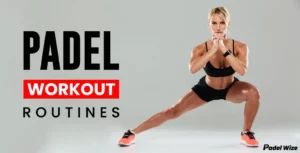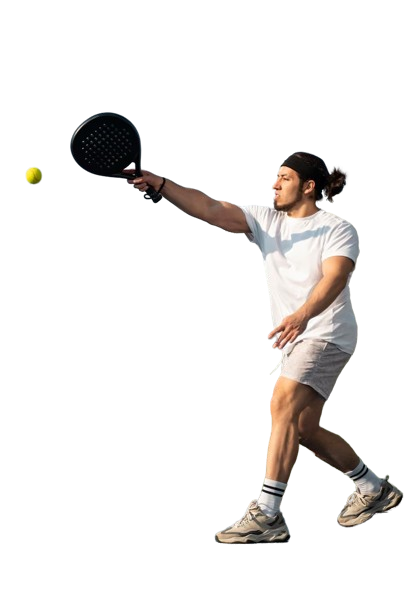When it comes to racket sports, tennis has long been the dominant game worldwide. However, in recent years, padel has surged in popularity, particularly in Europe and Latin America. While both sports share some similarities, they also possess distinct differences that set them apart. In this blog post, we’ll delve into the world of padel vs. tennis, covering aspects such as equipment, court dimensions, rules, gameplay, and popularity.
Related: The Fusion of Tennis and Squash Taking the World by Storm
Origins and Popularity
Tennis

Tennis has a rich history dating back to the late 19th century. Originating from lawn tennis in England, it quickly spread worldwide and became an Olympic sport. It enjoys massive popularity globally, with major tournaments like Wimbledon, the US Open, the French Open, and the Australian Open drawing huge audiences.
Padel
Padel, on the other hand, is a relatively new sport. It was invented in Mexico in the 1960s by Enrique Corcuera and gained popularity in Spain and Argentina before spreading to other parts of Europe and Latin America. Padel is particularly popular in Spain, where it is the second most played sport after soccer.
Related: Mastering the Basics: A Beginner’s Guide to Padel Game
Equipment
Tennis
- Racket: Tennis rackets are generally larger, with an average length of 27 inches and a stringed hitting surface. They can vary in weight, balance, and string tension based on player preference and style.
- Ball: Tennis balls are slightly larger and have a higher bounce. They are pressurized and can lose their bounce over time.
- Shoes: Tennis shoes are designed for lateral support and durability, considering the hard courts and the intense movement involved.
Padel
- Racket: Padel rackets are smaller, solid, and perforated without strings. They typically measure around 18 inches in length. The lack of strings makes them less responsive but more durable.
- Ball: Padel balls are similar to tennis balls but slightly smaller and less pressurized, resulting in a lower bounce.
- Shoes: Padel shoes resemble tennis shoes but often have better grip to accommodate the artificial grass and sand used on many padel courts.
Related: Gear Up for Success: A Guide to Padel Equipment
Court Dimensions and Structure
Tennis
- Court Size: A standard tennis court is 78 feet long and 27 feet wide for singles, and 36 feet wide for doubles.
- Net Height: The net is 3.5 feet high at the posts and 3 feet high in the center.
- Surface: Tennis courts can be made of various materials, including hardcourt, clay, grass, and carpet, each affecting the game’s speed and bounce.
Padel
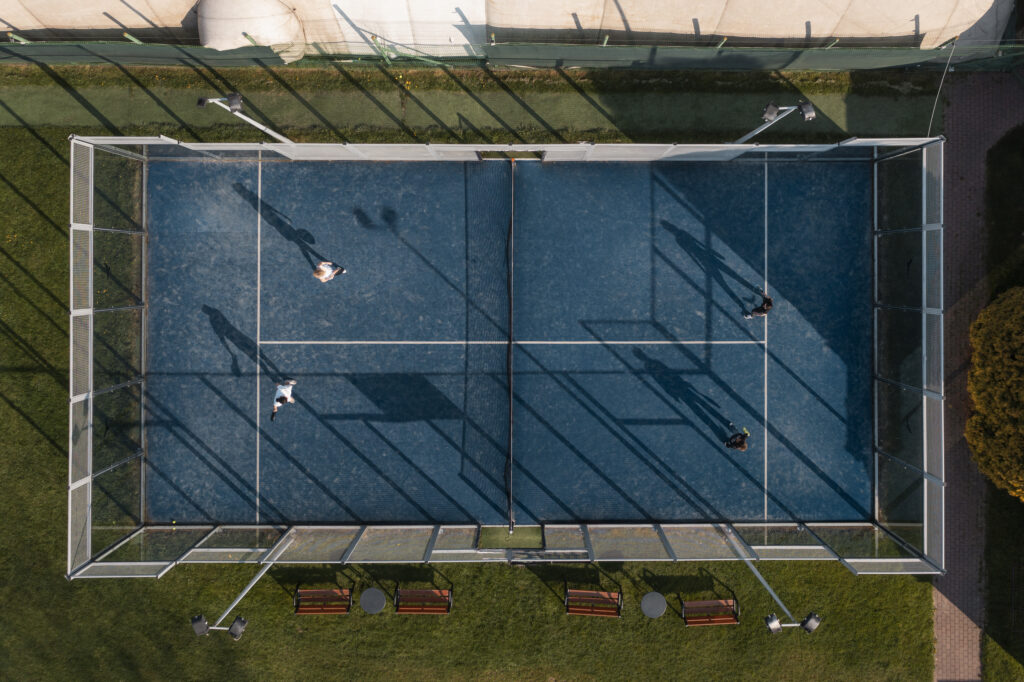
- Court Size: Padel courts are significantly smaller, measuring 66 feet long and 33 feet wide.
- Net Height: The net is slightly lower than in tennis, at 3 feet in the center.
- Walls: Padel courts are enclosed with glass or solid walls and a metal mesh, which are integral to the game as the ball can be played off them.
- Surface: Most padel courts have an artificial grass surface sprinkled with sand for better traction.
Gameplay and Rules
Tennis
- Scoring: Tennis uses a unique scoring system: points (15, 30, 40, game), games, and sets. A standard match is best of three or five sets.
- Serving: The server must hit the ball diagonally into the opponent’s service box. The serve alternates every game.
- Play Style: Tennis is characterized by powerful serves, baseline rallies, and net play. The ball can only bounce once per side, and if it bounces twice, the point is lost.
Padel
- Scoring: Padel uses the same scoring system as tennis.
- Serving: Serves in padel must be underhand and hit below waist level. The server stands behind the service line and must serve diagonally into the opponent’s service box.
- Play Style: Padel is a doubles game, promoting teamwork and strategy. The walls are an essential part of the game, allowing for unique shot-making opportunities. The ball can bounce off the walls, and players often use them to create angles and extend rallies.
Similarities
Despite the differences, there are several similarities between padel and tennis:
- Objective: In both sports, the primary goal is to hit the ball over the net into the opponent’s court in such a way that they cannot return it.
- Scoring System: Both sports use the same scoring terminology and structure.
- Skills Required: Both require a mix of agility, coordination, strategy, and quick reflexes. Players must have good hand-eye coordination and the ability to anticipate their opponent’s moves.
- Tactical Play: While the styles may differ, both sports involve strategic thinking and shot placement to outmaneuver opponents.
Popularity and Accessibility
Tennis
Tennis enjoys a global following, with millions of players and fans. It is widely accessible, with courts available in many public parks, clubs, and schools. Major tournaments and star players like Roger Federer, Serena Williams, and Rafael Nadal have greatly contributed to its popularity.
Padel
Padel is rapidly growing, particularly in Europe and Latin America. Its smaller courts and doubles format make it accessible and appealing for beginners and recreational players. The social and less physically demanding nature of padel compared to tennis makes it attractive to a broader age group.
Conclusion
Both padel and tennis offer unique experiences and challenges, each with its own set of rules, equipment, and playing styles. Whether you prefer the strategic teamwork and wall play of padel or the powerful serves and fast-paced rallies of tennis, both sports provide excellent opportunities for physical activity, social interaction, and competitive play. As padel continues to grow in popularity, it complements the well-established tradition of tennis, giving racket sports enthusiasts more options to enjoy their passion. Check out more blogs on Padelwize website.

